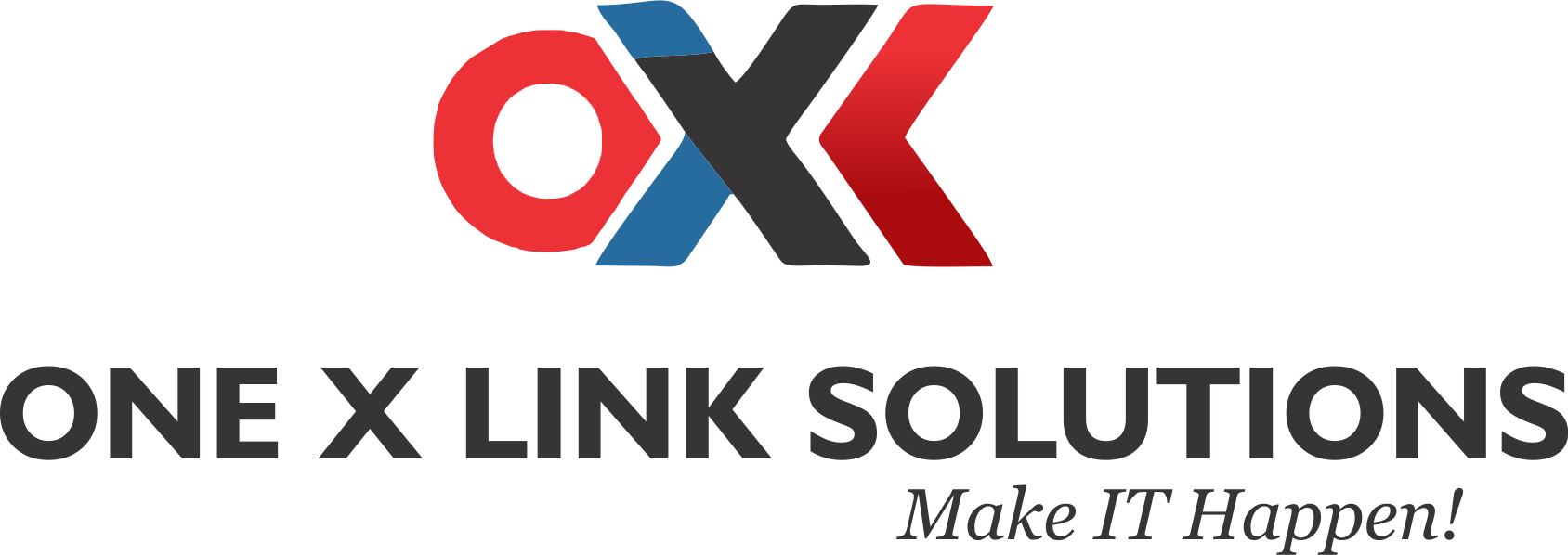
In 2025, agility is everything. Businesses are rethinking ownership in favor of smarter, more flexible solutions—like renting IT equipment. From startups to large enterprises, renting laptops, desktops, and servers offers financial efficiency, technological advantage, and operational ease. Let’s explore why this trend is redefining how modern businesses manage their IT needs.
Cost Savings and Budget Flexibility
In a world where financial agility often determines competitiveness, cost management becomes crucial. Renting IT equipment allows companies to avoid large capital expenditures (CapEx) and instead shift to an operational expenditure (OpEx) model. This shift is particularly attractive for startups, SMEs, or project-based businesses that need tech on demand but without long-term financial commitments.
When purchasing IT assets, companies must account not only for the upfront cost but also for maintenance, upgrades, and eventual depreciation. These costs can tie up capital that might otherwise be used for core operations or growth initiatives. On the other hand, renting offers a pay-as-you-go model where companies can plan their monthly budgets with greater precision and less financial strain.
Moreover, IT assets become outdated quickly. A laptop bought today might become underpowered in two years, while a rented one can be swapped for a newer model when required. This reduces the risk of sunk costs and helps businesses remain technologically agile.
When purchasing IT assets, companies must account not only for the upfront cost but also for maintenance, upgrades, and eventual depreciation. These costs can tie up capital that might otherwise be used for core operations or growth initiatives. On the other hand, renting offers a pay-as-you-go model where companies can plan their monthly budgets with greater precision and less financial strain.
Moreover, IT assets become outdated quickly. A laptop bought today might become underpowered in two years, while a rented one can be swapped for a newer model when required. This reduces the risk of sunk costs and helps businesses remain technologically agile.
Access to the Latest Technology
Technology evolves at breakneck speed. New processors, better memory configurations, enhanced graphics cards, and faster connectivity options emerge each year. Keeping up with these advancements through outright purchases can be both costly and impractical. Renting IT equipment provides businesses with ongoing access to cutting-edge devices without the financial burden of constantly upgrading hardware.
This is particularly vital in competitive industries like software development, creative design, architecture, or data analytics, where performance directly affects productivity. Teams working on high-end applications or rendering-intensive tasks need systems that can handle the workload efficiently. Renting allows businesses to supply such devices instantly—and upgrade when newer, faster models arrive.
In contrast, companies that purchase hardware often find themselves stuck with outdated systems just a couple of years after acquisition. This leads to inefficiencies, sluggish performance, and higher maintenance costs. Worse, outdated systems can become a security risk if they can’t support the latest software or updates.
This is particularly vital in competitive industries like software development, creative design, architecture, or data analytics, where performance directly affects productivity. Teams working on high-end applications or rendering-intensive tasks need systems that can handle the workload efficiently. Renting allows businesses to supply such devices instantly—and upgrade when newer, faster models arrive.
In contrast, companies that purchase hardware often find themselves stuck with outdated systems just a couple of years after acquisition. This leads to inefficiencies, sluggish performance, and higher maintenance costs. Worse, outdated systems can become a security risk if they can’t support the latest software or updates.
Scalability and Convenience
Business needs are not static—they grow, shrink, and shift in direction with the market. That’s why scalability is one of the strongest arguments in favor of renting IT equipment. When your workforce expands rapidly or a big project kicks off, renting allows you to ramp up your hardware setup instantly and cost-effectively.
Let’s say you win a new contract and need to onboard 20 developers within two weeks. Buying 20 new high-end laptops, configuring them, and setting them up involves logistical delays and significant cost. Renting, however, allows you to receive pre-configured machines tailored to your needs, ready for immediate deployment. No long lead times. No heavy upfront payments.
Conversely, when a project ends or a team is downsized, owned equipment becomes a liability. You’re left with unused assets that continue to depreciate in value. With rented equipment, you can return or downscale with ease—ensuring you’re never paying for what you don’t use.
Let’s say you win a new contract and need to onboard 20 developers within two weeks. Buying 20 new high-end laptops, configuring them, and setting them up involves logistical delays and significant cost. Renting, however, allows you to receive pre-configured machines tailored to your needs, ready for immediate deployment. No long lead times. No heavy upfront payments.
Conversely, when a project ends or a team is downsized, owned equipment becomes a liability. You’re left with unused assets that continue to depreciate in value. With rented equipment, you can return or downscale with ease—ensuring you’re never paying for what you don’t use.
